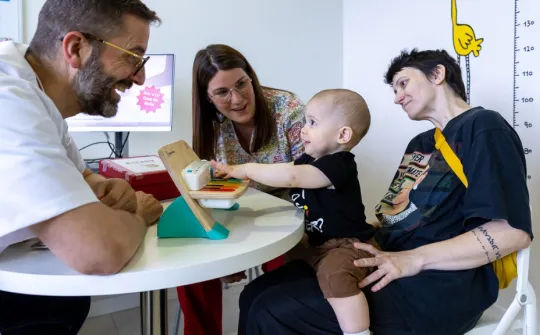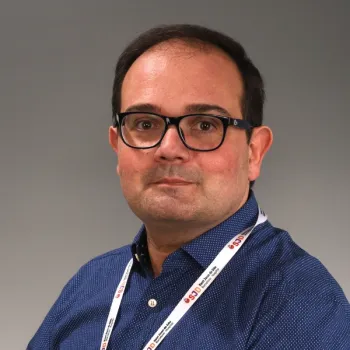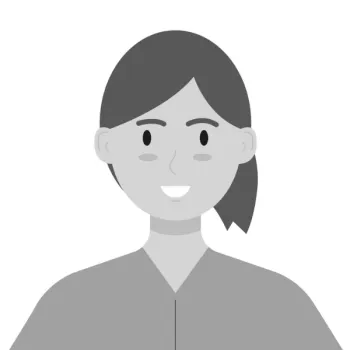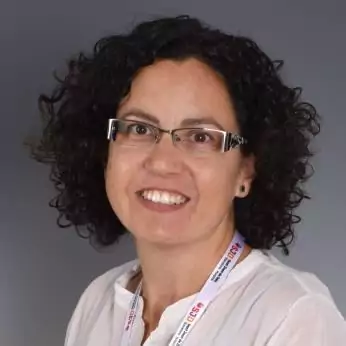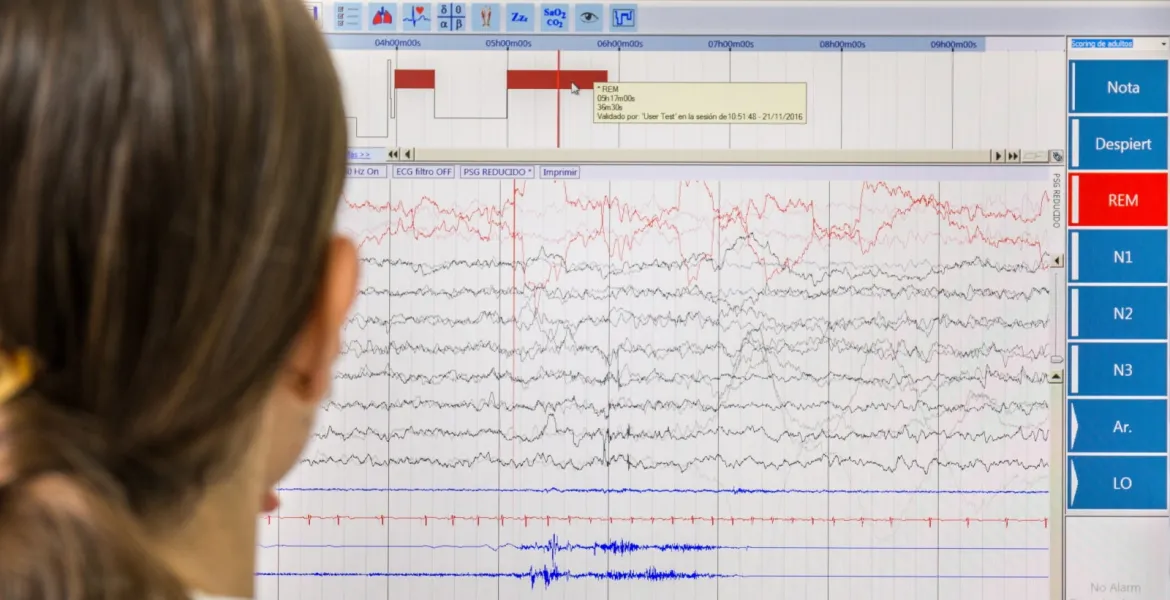
At the Sleep Disorders Unit of the SJD Barcelona Children’s HospitaI we identify and treat insomnia and other sleep disorders in children to improve their quality of life and that of their family.
Children are not exempt from sleep disorders. Between 25-30% of paediatrician visits are sleep-related, according to the Spanish Sleep Society (SES). In the Sleep Disorder Unit of SJD Barcelona Children’s Hospital we treat patients with sleeping problems from early childhood to adolescence. We have been leaders in Spain since 2009, when our Unit was created – Spain’s first and only unit focused on paediatric patients.
In order to detect sleep disorders and address the root cause, we first perform an evaluation and, if required, we conduct the necessary tests, which include actigraphy, a sleep study and a multiple latency test, among others. We then prescribe the most appropriate treatment for each case. We conduct 440 nocturnal polysomnographies every year to determine which disorder each patient suffers from.
The disorders we treat include: childhood insomnia, narcolepsy, sleep apnea, restless legs, somnambulism, night terrors, rhythmic movement during sleep and circadian rhythm disorders.
In some cases, the treatment indicated is not pharmacological and the solution involves providing the families with tools to correct sleep disorders that affect the health and proper development of their children. A change in habits can have a positive influence on the family dynamic, which is disrupted when the children (newborns, children or adolescents) do not sleep properly.
Why SJD Barcelona Children's Hospital?
There are other sleep units in Spain, but we at SJD Barcelona Children’s Hospital are the only national team that specifically cares for paediatric patients. This has enabled us to tailor the tests and treatments to children, whose sleeping problems that differ from those of adults.
Sleep disorders in childhood may be linked to sleeping habits and routines. We have a multidisciplinary team to detect cases where there could be a physiological problem. We cover all stages of childhood, from newborns and early childhood up to adolescence.
Our medical and nursing staff ensure, as well as the techniques and spaces we use ensure that our young patients feel comfortable during the diagnostic tests. We also tailor the treatment to the needs of the child and their family, especially with regard to behaviours and routines.
We treat children with sleep disorders and others such as neurological and pulmonological disorders which affect sleep. We receive or refer patients to specialists in the Otorhinolaryngology, Neurology and Psychiatry departments and the Pulmonology Unit, which are all involved in the diagnosis and monitoring process.
We work as part of a network with other national and international centres and we are involved in publications, multicentre studies and the preparation of clinical practice guides.
Our professionals

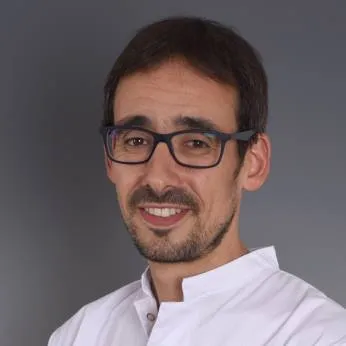
Specialized nursery staff:
- Nuria Couto López
- Mar Pérez Martí
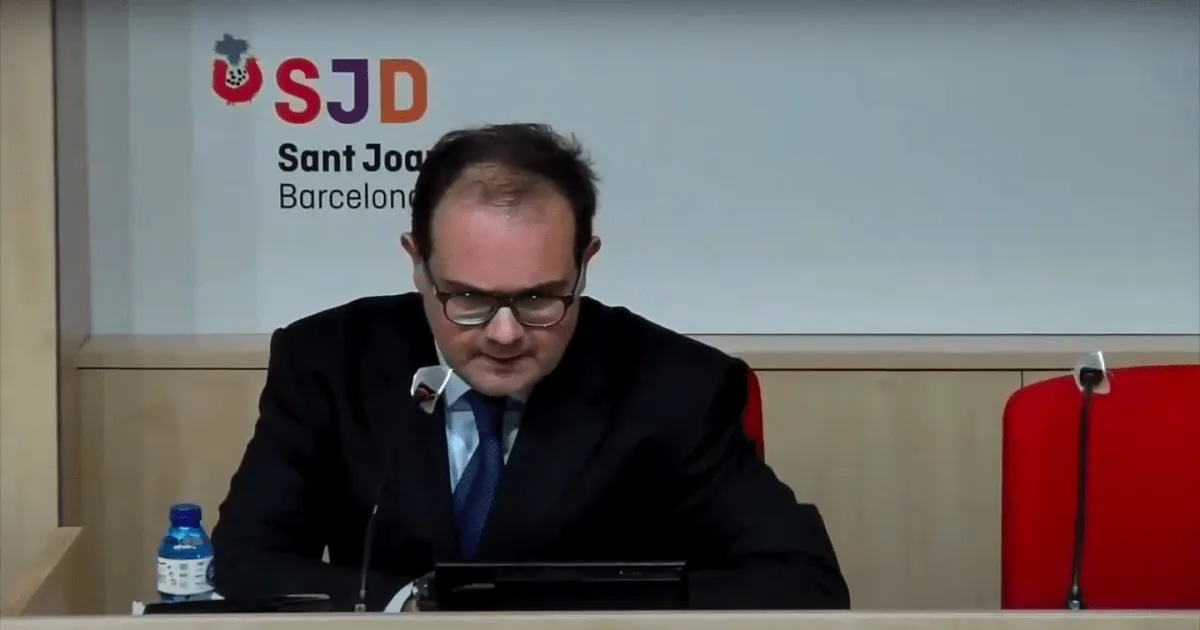
Research
The Sleep Disorder Unit at SJD Barcelona Children’s Hospital is involved in studies in collaboration with other hospitals and university centres and prepares guides for the management of these problems. Our main activity and fields of interest are as follows:
- Multicentre study groups analising the simplified detection of sleep apnea (OSA) in children through the use of pulse oximetry (in collaboration with the University of Chicago).
- International multicentre study on restless legs syndrome.
- Preparation and review of clinical practice guides for proper sleep. Unit recognised by the Spanish Sleep Society (SES).
Teaching
SJD Barcelona Children’s Hospital is a university hospital affiliated with the University of Barcelona. We share our knowledge and train professionals so that they can specialise in high-complexity medicine.
Master’s degree in Neuropaediatrics
Theoretical and practical training in Neuropaediatrics aimed at graduates in Medicine specialising in Paediatrics and Neurology. The objective of the Master’s degree is to offer comprehensive training in the speciality through active participation in all of the care, teaching and research activities. Students learn the exploratory techniques that are used in the department, as well as how to apply complementary exams to Neurological Pathology in infancy.
- Duration: 2 years
- Course Director: Dr. Jaume Campistol Plana
- Qualification: Master’s Degree from the University of Barcelona
- Accreditation: 154 ECTS credits
